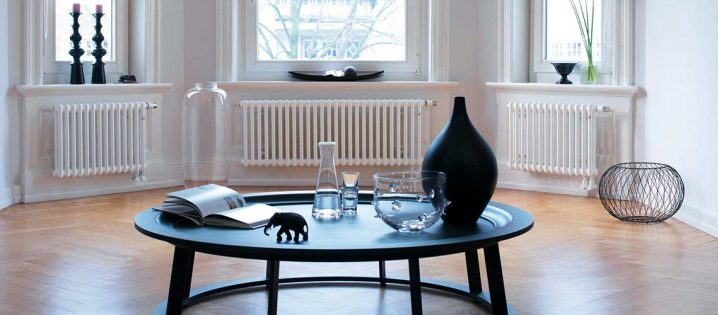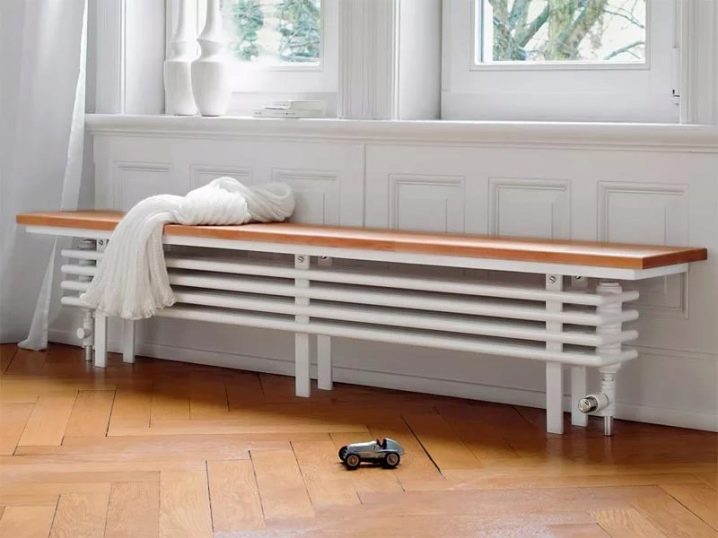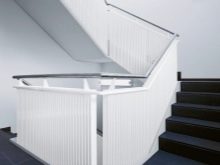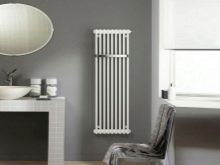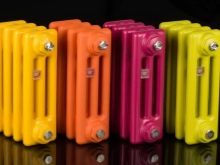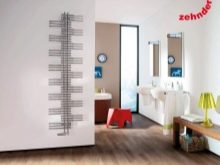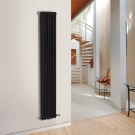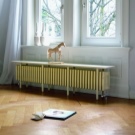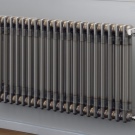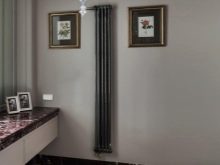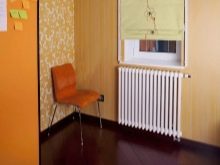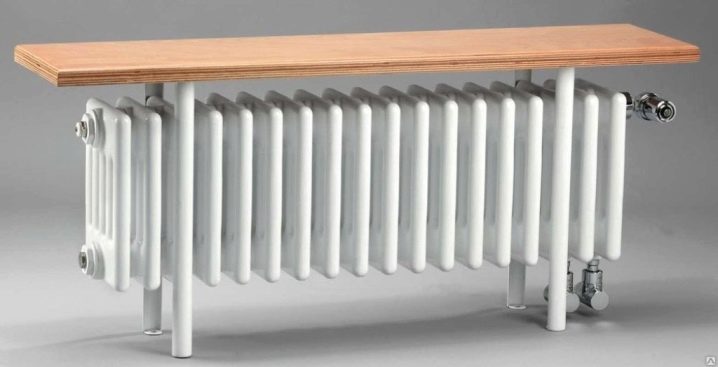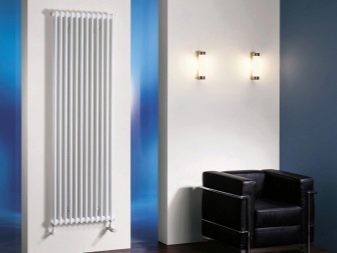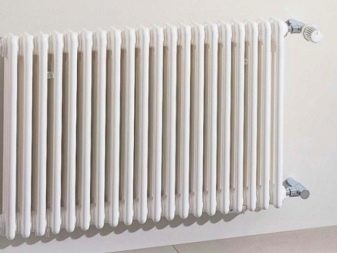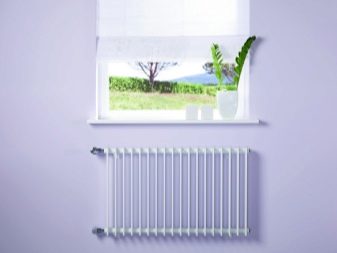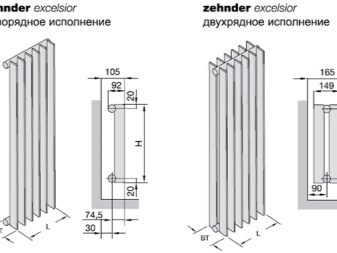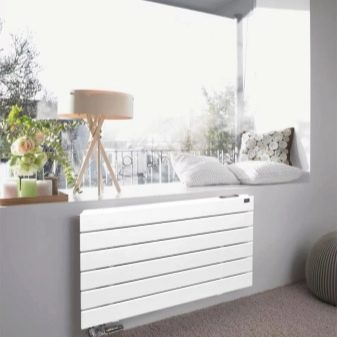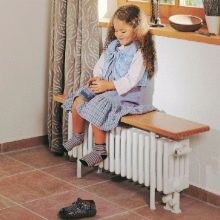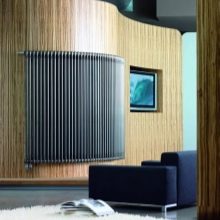Characteristics and types of radiators Zehnder
Heating devices are not only boilers, boilers, radiators or stoves. In water-heated systems, Zehnder radiators, which have proven themselves well among professionals and among consumers, have become very popular. The closest acquaintance with this technique shows that its authority is fully justified.
Features and key modifications
A manufacturing group from Switzerland has been supplying heating products to Russia since the early 2000s. The radiators shipped to her are made in a very different way. For lovers of traditional tubular shape, it’s hard to find something better than the Charleston line. The currently popular flat tubes are presented in the Excelsior selection. There are two models at once that include radiators in the form of benches.
The company also produces a variety of accessories for drying towels, in the constructions of which are used:
- black metal;
- stainless steel grades;
- brass plumbing.
How it all began
In 1895, tubular steel radiators were the only industrially produced type of radiator. And it was then that the founder of the company, Jacob Zender, first began working in his machine shop. But only 35 years later, the already strong company tried its hand at producing heating equipment. That it was a real salvation on the background of the Great Depression, breaking both matches and more famous brands.
Random experiment showed that steel is no worse than cast iron to cope with the heating of the room, but it is also easier and allows you to create a more diverse design. Since then, the Swiss manufacturer has begun its journey to the top of international rankings. German engineers who have joined the work since the 1970s are taking equipment to a new level. It becomes even more adapted to perform various tasks and at the same time meets the most original design requirements.
New developers have thought a lot of options for painting the surface of the radiator, which will satisfy the demand of customers.
Undoubted advantages
All plants that now produce products under this brand are located exclusively in Germany. For people who understand the subject, this indicates impeccable quality. The technology has been worked out to insignificant trifles, 0.15 cm thick steel sheet is used as raw material. It is used to produce horizontal collectors, to which smaller pipes are attached by welding, their thickness is 0.125 cm. Everything seems extremely simple and easy if do not take into account the stringent requirements for the quality of welds and for the exact properties of the metal used.
It is imperative that the seams be immaculate., and German production guarantees that radiators will not leak during use. Welding works are not carried out by a simple “autogen”, not in a vacuum chamber, or even by ultrasound. Laser equipment is used in the work, and the control of the technical characteristics of each section to be connected is entrusted to an impassive computer. On closer inspection, even qualified technicians can hardly find the exact location of the seam. So perfect work allows you to polish the place of welding and varnish it.
The differences between specific versions of radiators are how many rows of vertical pipes there are provided by the designers:
- 2;
- 3;
- 4;
- 5;
- 6.
As this number increases, the mounting depth of the radiator also increases, and its power increases. But manufacturers rightly take into account the growing consumption of metal and at the same time increase the cost of their goods. The standard version implies a coloring in white. However, consumers can order radiators with any tone registered in the universal RAL scale.
Linear dimensions vary flexibly along all three axes, so that it is easy for those who wish to choose exactly what is needed.
Modifications
“Zehnder Charleston” is a model that has been produced since 1930. Despite the enormous amount of time, engineering development turned out to be so successful that in the 21st century it is exclusively in demand in different countries.
The key characteristics of the product are:
- height - 19-300 cm;
- depth - 6.2-21.0 cm;
- thermal output from one section - 18-210 W;
- operating pressure during operation 10-12 bar (depending on the number of pipes);
- experimental pressure of 13-15.6 bar (develops only with pressure testing);
- maximum permissible temperature - 120 degrees.
It should be noted that by the individual order, Charleston is designed for an operating pressure of 18 bar and for a test load of up to 24 bar. Developers can make batteries with any curvature, even angular designs are worked out as thoroughly as possible. The company provides in most cases lateral connection of hot water. If there is a task to connect the flow of coolant through the lower liner, it is worth buying radiators, in the name of which “Completto” is mentioned. In such cases, it is imperative to use a thermal valve, which is purchased and assembled additionally.
Thermostatic valves are allowed to be used only in circuits made according to the two-pipe circuit. "Zehnder Charleston" is allowed to use only in those heating systems where oxygen penetration is excluded. Every steel radiator is supposed to be equipped with systems for air bleeding. Standard delivery includes manual mechanisms of this kind. Installation of automatic options is made at the initiative of the consumers themselves and at their expense.
"Excelsior" is an option completed with narrow pipes.For the manufacture of horizontal collectors, pipes are used whose radius is 0.55 cm with a wall thickness of 0.175 cm. Oval flattened pipes are added to them by welding. They can be put in one line or in two at the same time. Emission of heat from one segment varies from 32 to 212 W, the working pressure does not exceed 5 bar.
"Nova" is made only from flat tubes, which are completely flat from the outside, and inside they have the shape of an oval. Welding allows you to bind these pipes to key collectors of circular cross section. Visually, the heater looks like inseparable, but in reality the distance is only 0.1 cm, which creates such an effect. Constructions can be made both horizontal and vertical in appearance. The exception is the modification “Mirror”, which is equipped with a mirror and, of course, is oriented strictly vertically.
Placing tubes in a single row reduces the depth to a minimum, and even a narrow corridor or a small room will not become an obstacle. The minimum height of this version is 180 cm, and the standard pressure is 5 bar. Carefully thought out technical aspects allow you to create atypical performance, the variety of fasteners used for the radiator facilitates installation to a minimum.There are designs that, together with heating, perform the role of stair railing or turn out to be an improvised partition.
Tubular bench radiator is not the limit of engineering achievements. There are even more original versions that differ in a beveled configuration or even resemble a circle in general. Liquid filled tubes make it easier to create an original design.
Most importantly, reviews on any product in a modern style are quite favorable. This is precisely what makes it possible to conclude that work at all stages of production is carried out in an impeccable manner. The proprietary technology created in Germany implies a primer, after which the surface cleaned in advance is treated with powder formulated in an electromagnetic field.
Steel batteries "Zehnder Charleston", operating in optimal conditions, can produce 188 watts from one section. Even for the basic configuration now it is considered not too much. But in most city apartments this figure is quite sufficient to create a comfortable environment. Even the classic version - a grill of pipes - looks much better than it seems.If something more original is required, designs with angles from 90 to 179 degrees come to the rescue.
See below for how to install the Zehnder tubular radiator.
